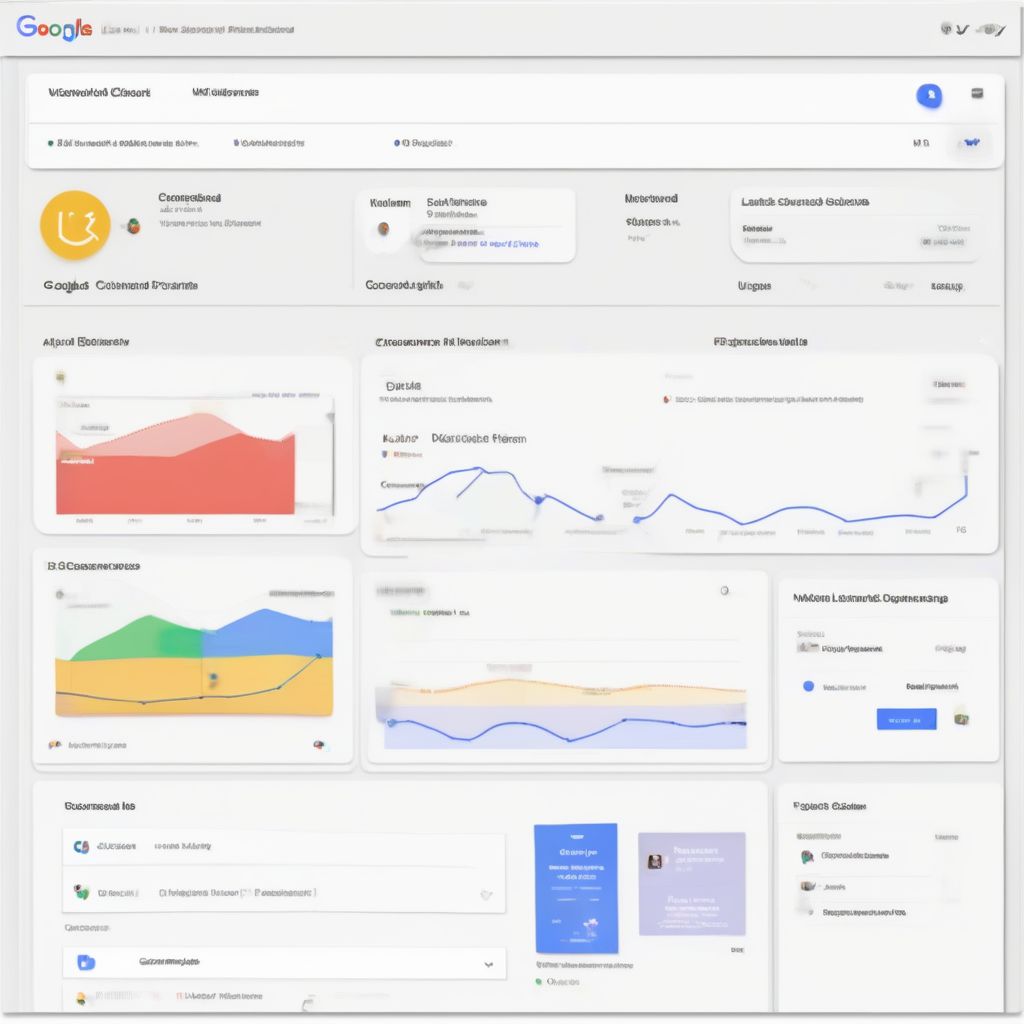Imagine accessing all your digital data and software applications anytime, anywhere, without needing a physical hard drive or server room. That’s the power of cloud computing! But what exactly does it mean, and why has it become so essential in today’s digital world?
Decoding the Definition of Cloud Computing
In its simplest form, cloud computing means storing and accessing data and programs over the internet instead of your computer’s hard drive. Think of it as renting instead of owning. You use the provider’s resources (servers, storage, software) on demand and pay only for what you use.
This approach offers immense flexibility and scalability. Need more storage space for your growing business? No need to invest in expensive hardware; simply upgrade your cloud plan.
Why is Cloud Computing Important?
The impact of cloud computing is undeniable, revolutionizing how we work, live, and play. Here’s why it matters:
1. Accessibility and Collaboration:
Cloud computing breaks down geographical barriers. Teams can access, edit, and share files in real-time, fostering seamless collaboration regardless of location.
2. Cost-Efficiency:
Cloud services eliminate the need for hefty upfront investments in hardware and IT infrastructure. Businesses can scale their resources up or down as needed, optimizing costs significantly.
3. Enhanced Security:
Reputable cloud providers invest heavily in robust security measures, often surpassing what individual businesses can achieve independently. Data encryption, access controls, and disaster recovery plans ensure data protection.
Exploring Different Types of Cloud Computing
Cloud computing isn’t a one-size-fits-all solution. It comes in various forms, each catering to specific needs:
1. Infrastructure as a Service (IaaS):
IaaS provides the basic building blocks for cloud IT. It offers access to computing resources like servers, storage, and networking, giving businesses complete control over their infrastructure.
2. Platform as a Service (PaaS):
PaaS offers a development environment in the cloud. Developers can build, test, and deploy applications without managing the underlying infrastructure, simplifying the software development process.
3. Software as a Service (SaaS):
SaaS delivers software applications over the internet on a subscription basis. Popular examples include email clients like Gmail, customer relationship management (CRM) tools like Salesforce, and project management platforms like Asana.
Common Questions About Cloud Computing
Let’s address some frequently asked questions:
1. Is my data safe in the cloud?
Security is a top priority for cloud providers. They employ sophisticated security measures, but it’s crucial to choose a reputable provider and follow best practices for data protection.
2. What happens if I lose my internet connection?
While internet connectivity is essential for accessing cloud services, many providers offer offline functionalities, allowing you to access some data or work offline until connectivity is restored.
3. What are the disadvantages of cloud computing?
Potential drawbacks include internet dependency, vendor lock-in, and potential security risks if not managed carefully.
Conclusion: Embracing the Cloud-Powered Future
Cloud computing has revolutionized the technological landscape, providing businesses and individuals with unprecedented flexibility, scalability, and cost-effectiveness. Understanding its various facets empowers us to leverage its full potential and navigate the ever-evolving digital world with confidence.
We encourage you to share your thoughts and experiences with cloud computing in the comments section below. Have any more questions? Don’t hesitate to ask! We’re always happy to help you explore the exciting world of cloud technology.


